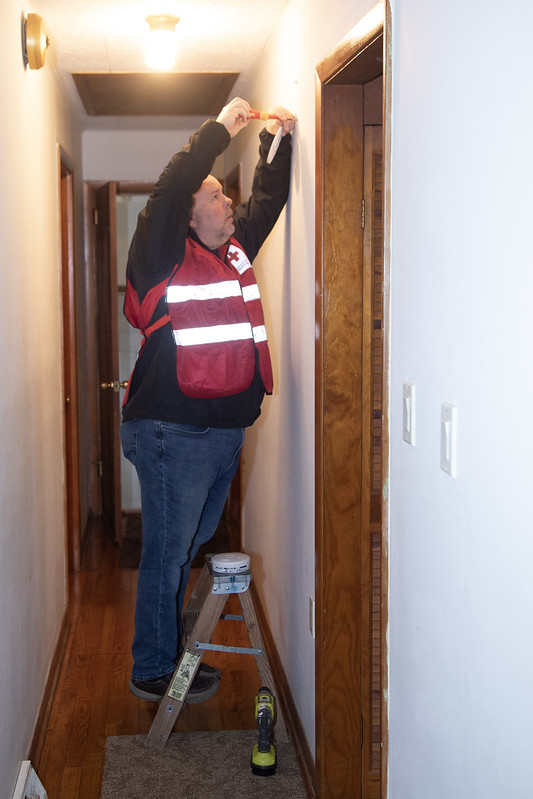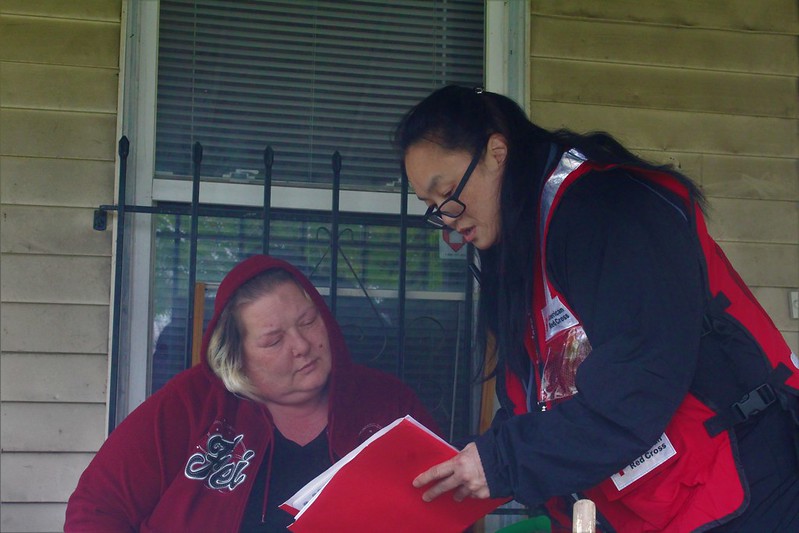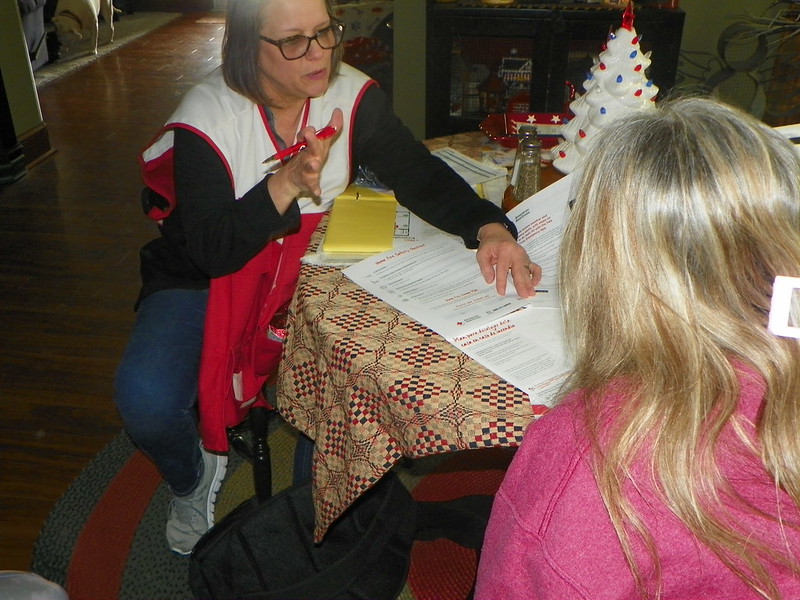By Kathryn Dean, RN, American Red Cross volunteer
During National Nurses Week, May 6-12, the Red Cross wants to recognize the important value that volunteer nurses bring to the mission of the Red Cross.
Since the inception of the American Red Cross in 1881, nurses have been at the heart of the organization. Initially assisting mainly in disaster relief and war support efforts, their role today has greatly expanded to include veteran support, educational services and training, academic support, children’s programs, blood drives and so much more.
I spoke with Patricia Horvath, RN, MSN, who works as the Volunteer Regional Nurse Lead for Northern Ohio. She is responsible for a team of 90 volunteer nurses in Northern Ohio and for the recruitment, retention and recognition of nurse volunteers.

Her contributions to the role have successfully brought the nurse volunteer numbers back up after a period of loss following COVID-19. However, nurse volunteers are always needed and she wants to encourage any nurse considering volunteering with the Red Cross to do so.
“For National Nurse Week, one of the best opportunities that we can put forward to nurses is to find a way to become a Red Cross nurse volunteer,” she said. “Not only does it give you your own joy to contribute to others — nurses are basically humanitarians, that’s who’s drawn to the profession. Our purpose is to make the community healthy, and the best way to do that is to volunteer through the Red Cross.”
To recognize the service of nurse volunteers, the Red Cross has a tradition of awarding nursing pins to those nurses who have completed at least 20 hours of service.
“We are very keen on making sure that our nurses receive the Red Cross nurse pin,” Patricia explained. “It has a long history in the Red Cross and was originally called ‘The Badge.’ Being awarded the pin is a formal process that we do during volunteer recognition month.”
Each pin is uniquely numbered, registered with that person for life, and logged nationally.
There are other benefits to volunteering. Patricia explained that the Red Cross offers many free continuing education units (CEUs) for nurses, which helps to maintain their requirements for licensure. In addition, Ohio nurses who obtain multi-state nurse licensure have the opportunity to travel outside of the state to respond to domestic disasters.
Nurses bring their unique education, experience and desire to help others to the forefront every day when they volunteer with the Red Cross.
“All lines of business the Red Cross has … everything that we do, there’s a role for a nurse.”
Explore the volunteer opportunities available at the Red Cross here and get started in your volunteer journey. To learn more about the history of nursing at the Red Cross, tap here.
































